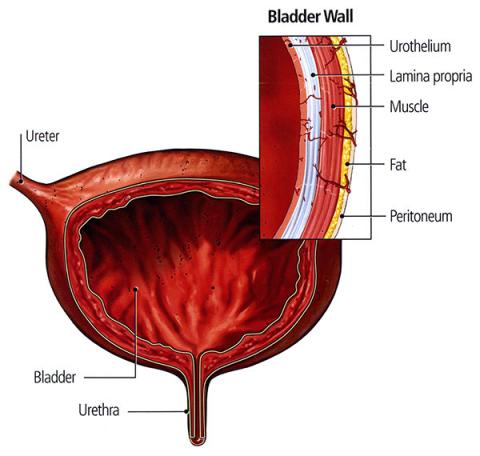Urinary incontinence is defined as the involuntary loss of urine, especially in a socially unacceptable situation. There are different types of incontinence with many underlying causes.
Different types of incontinence include:
-
Stress incontinence.
-
Urge incontinence.
-
Overflow incontinence.
-
Post-micturition dribbling.
-
Anatomic incontinence.
The involuntary loss of urine has a significant impact on the quality of one's life. It causes many people to change their lifestyle, fearing to leave home and making the simplest of daily activities complicated and inconvenient. It can also be very expensive managing the condition as incontinence pads, laundry and clothing costs escalate rapidly.
How common is it?
It has been estimated that more than 40% of women greater than the age of 50 years exhibit some form of incontinence. Men are not exempt with more than 15% greater than the age of 50 also reporting some form of incontinence.
How is it treated?
There are many different treatments available to cure incontinence. They vary depending on the type and severity of the individual’s incontinence. The important thing to realise is that the majority of people can regain bladder control with the appropriate treatment.
Definitions
Stress incontinence
Urine loss occurs during physical activities such as coughing, laughing and exercise. The lower the physical “strain” that causes the leak, the more severe the incontinence for the most part.
Urge incontinence
This type of urinary leakage is usually associated with the symptoms of an overactive bladder - frequency, urgency, nocturia. Leakage occurs when the urge to avoid is so strong, that a person cannot make it to the toilet in time.
Overflow incontinence
Urinary loss occurs when the capacity of the bladder is exceeded. The bladder usually never empties completely, resulting in a slow increase of the residual urine, hence “overflowing”.
Anatomic incontinence
Urine leakage occurs as the result of an anatomical abnormality such as a false passage between the urinary tract and an external organ. A person may be born with such an abnormality (congenital), or it may be the aftermath of some tissue trauma, such as previous surgery. This type of incontinence is usually a constant dribbling loss of urine.
Mixed incontinence
This is usually a combination of stress and urge incontinence.
How does the bladder work?

The bladder is a storage organ for urine. The ability to store your urine allows a person to void at a socially acceptable time and in a socially acceptable manner. The urinary sphincter is closed during storage, thus preventing urine leakage and then opens during voiding to allow the bladder to empty.
The normal bladder capacity is approximately 500ml. The normal time between voids for most people is approximately 3 to 4 hours. After the age of 65 years it is considered normal to pass urine once or twice a night. The bladder is quite elastic allowing storage of urine at low-pressure-if anything disrupts this pattern then normal storage and voiding is interrupted.
Terms often used to describe bladder problems
Frequency
How often you go to the toilet – most people void every 3-4 hours during the day.
Urgency
A need to pass urine that is difficult to postpone due to a feeling of impending incontinence.
Nocturia
Being awoken by the desire to pass urine. As we get older it is quite normal to need to pass urine once or twice a night.
Post-micturition dribbling
The loss of some urine after the act of voiding has been completed. It is more common in males, though women can experience this symptom on occasions – usually if some urine has been inadvertently trapped in the vagina or if a urethral diverticulum is present.
